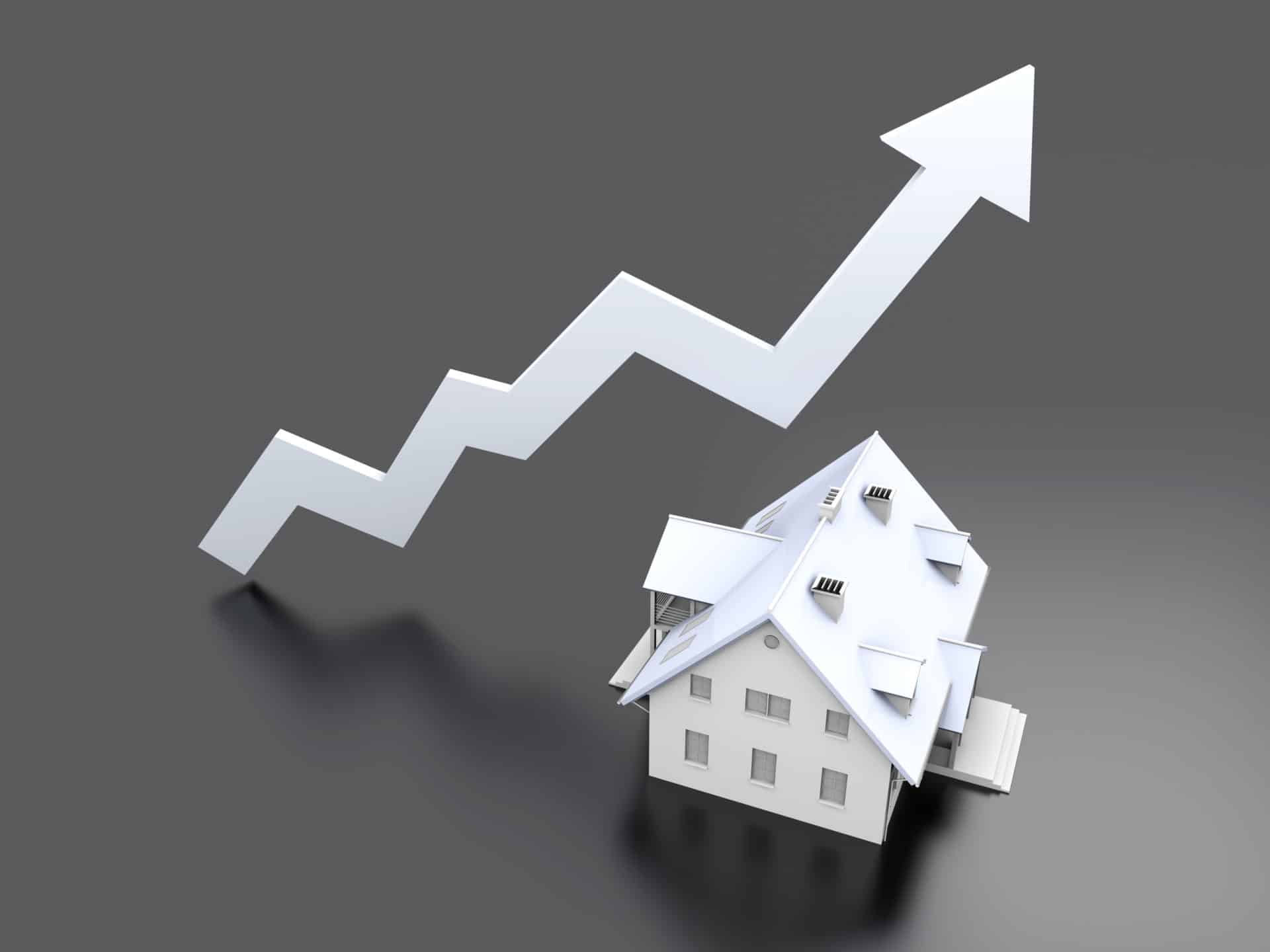The current hot market has many people wondering whether we are in a housing bubble and if that bubble will pop soon.
It is a scary thought; however, it is important to understand what a housing bubble is and to look at the history of such bubbles to determine whether there may be one on the horizon.
First up: what is a housing bubble?
According to the Motley Fool, a housing bubble happens when real estate prices go up, generally because the demand for housing exceeds the supply. Then speculators get involved, betting on even higher prices. This makes prices go up even further. At some point, the home prices will exceed their value. This is generally when there is more supply than demand. Because there is now a larger inventory of homes, the bubble pops, and prices come down, leaving some people underwater.
Now, let’s talk about the last housing bubble. It happened during and after the 2008 financial crisis. That housing bubble has been attributed to predatory lending practices.
Could the current increase in real estate prices be similar?
Ultimately, the answer is no. Right now, demand for housing and the increase in housing prices appears to be two-fold. First, home inventory is still very low, and it has been since the beginning of the pandemic. At the end of March 2021, there were just 1.07 million homes for sale, whereas, during the housing bubble of 2007, there were over 4 million on the market. This low inventory is driving demand—not creating a bubble.
And secondly, low mortgage rates have created even more demand for housing. Thankfully, some of the issues that plagued the real estate market before 2008 have been addressed to reduce the chances of something like that happening again.
As Florida Realtors highlights, the market we are seeing right now is very different from the conditions in 2006. “Housing inventories are low, credit remains tight, and lenders aren’t issuing risky loans like they did back then. Product risk – such as from mortgages with introductory periods, teaser rates, or balloon payments – comprised about 40% of the mortgage market between 2004 to 2006. Those factors are now at only 2% of the mortgage market, according to Morgan Stanley.”
Lawrence Yun, the National Association of Realtors’ chief economist, notes, “This is not a bubble. It is simply lack of supply.”
Basically, what we are seeing right now is not history repeating itself. While we recently faced an economic recession that rivaled the Great Depression, the government took steps to help ensure that the real estate market was protected from the same forces that created the previous bubble and even allowed for mortgage forbearance to safeguard individuals who faced financial difficulty.
What will the future hold? Well, mortgage rates have begun to rise, and the Fed has indicated that they will likely raise interest rates by the end of the year. This may help curb demand. While it may take a while for the real estate market to calm down, eventually there will be more home inventory, and buyers will be able to purchase a home more easily.
If you need help finding a home right now, let me help you! I keep my finger on the pulse of Tampa real estate and can provide you with insight into the market throughout the process.

